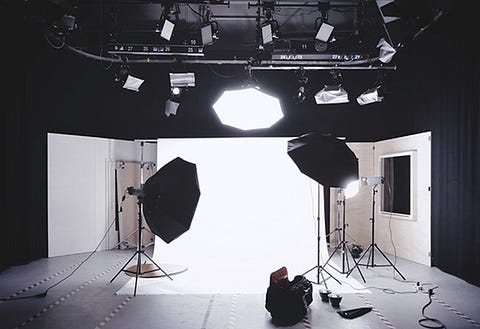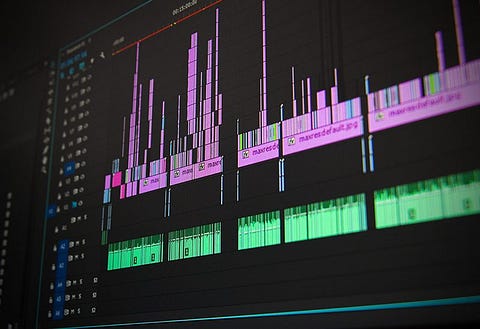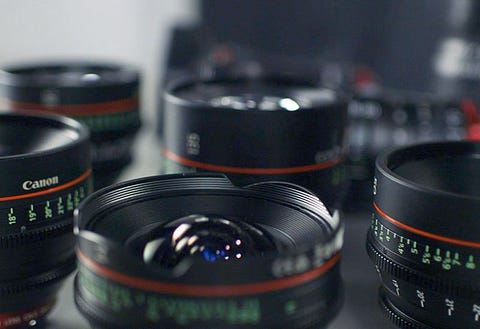
A key chapter of all Filmmaking courses is Editing. Derived from the French word montage which means “assemble”, editing gives filmmakers the ability to create meaning out of recorded images from different spaces. In the simplest of terms, an edit is a cut point where a shot ends, and another begins. Like most art forms, this craft too is constantly evolving although certain basic edits and transitions such as a cut, dissolve, wipe and fade have found permanent spots in this process — read about them here. Editing serves three core objectives; it emphasizes emotions, manipulates time and space, and creates an association between two different entities. In this article, WWI Extension shines a light on some simple video editing tips with which you can best achieve these objectives. Our certificate movie editing course too is chock full of such pointers — the following video will give you a glimpse of this!
1) Cut tight and clip away the extra fatGet rid of excessive pauses between dialogues by cutting tight between scenes. Do this by replacing pauses with relevant cutaway scenes — this will have the two-pronged effect of adding more meaning to the scene and propelling the story forward. Unnecessary elements can drag your film down by making it seem dreary — should this happen, you risk losing the audience’s attention by either boring them or confusing them!
2) Use reaction shots
These are a great way of putting your viewers in the character’s shoes. Not only do they show what a character feels at a given moment, but also hint at what the audience should feel. Close-up shots are a great way of incorporating reactions into your film, as the video below will demonstrate. Reaction shots also allow the viewer to truly absorb what is happening on screen. Think of them as breathers — for example, if you have an extended car chase scene where you only show the cars, there’s a chance your audience will get bored halfway through. This can be remedied by cutting to reaction shots of the pedestrians, or the character being chased or the one doing the chasing.
3) Ace the pace
If your movie progresses too fast, you will confuse people, and if you go too slow, you will bore and lose people. A cardinal sin of editing is to edit in a way that bores your viewers. You can compress time by cutting between various camera angles or by speeding up certain shots of mundane activities (such as climbing a flight of stairs) and get done with that action quickly.
4) Trim the excess from the actors’ performances
In a bid to give outstanding performances, there might be scenes where actors overact. Think of long pauses and lingering looks! While these can occasionally add depth, they can also make a scene drag on and on. Cut these away so that the scene seems natural and not scripted. This will help your story move along faster and keep the audience engrossed.
5) Use split edits
Scenes are usually edited in a way where the audio and visual are cut in a straight, obvious manner. Break from this norm and add variety to your video by going the split edit way, where the audio moves at a different time than the video. In real life, we might hear a sound before actually seeing its source and this is the principle that drives split edits — the desire to give the video a more natural feel. Split edits constitute L-cuts (where the audio continues as the camera cuts to another image) and J-cuts (where the audio plays over relevant images but then cuts to the source of the audio) — these are an effective way of driving the story forward.
6) It’s all in the eyes
Actors that convey emotions with their eyes rather than simply relying on dialogue can give the editor great cues on how to cut and assemble a scene. When editing an emotional scene, focus on the eyes. What an actor is conveying with their eyes can tell you whether to stay focused on them or cut away to another character’s reaction or an object relevant to the scene. This is a powerful technique that can add great emotional insight. Pro tip: Oscar-winning editor Walter Murch prefers to cut a frame right before a character blinks since this is an instinctive cutting point that operates at a subconscious stage.
www.nfi.edu/foley-artist
www.sound-ideas.com/Page/what-is-foley
www.studiobinder.com/blog/what-is-a-foley-artist


